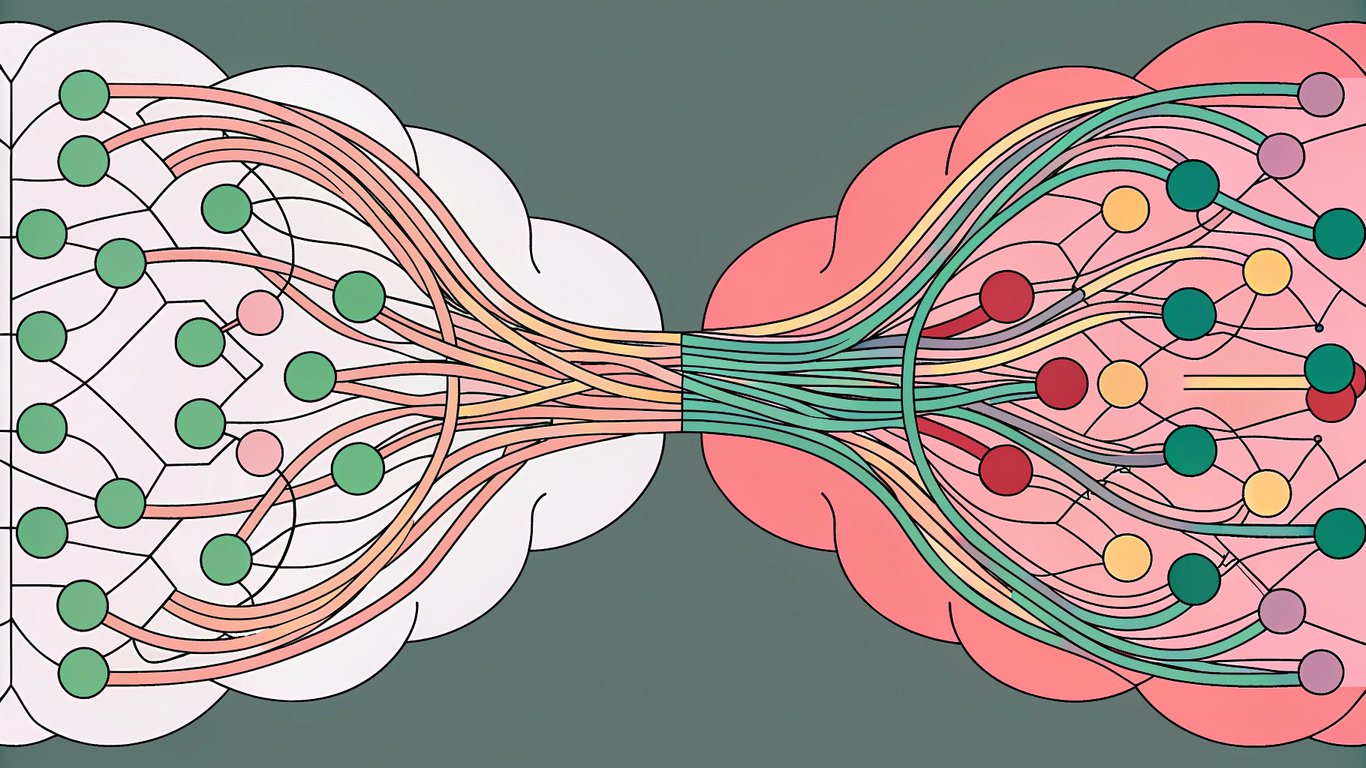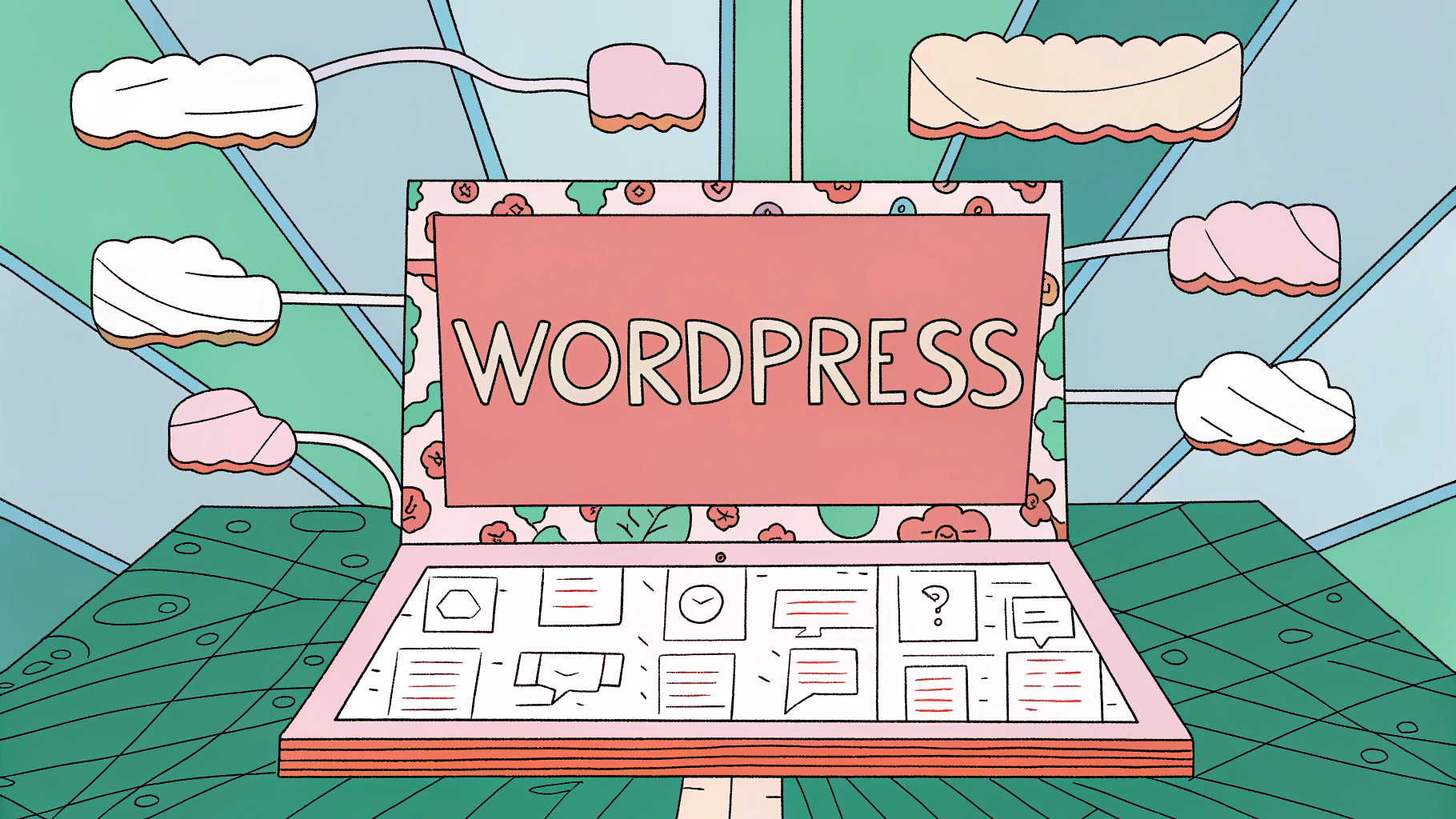What is an AI Content Creator?
An AI content creator is a software tool that uses artificial intelligence to generate written content automatically. These tools can produce blog posts, product descriptions, social media content, and other text-based materials by analyzing prompts and instructions you provide.

Unlike traditional content creation tools that simply format or organize existing text, AI content creators actually generate new content from scratch. They're designed to understand context, maintain consistent tone, and create coherent narratives that match your specific requirements.
For editors and product managers, these tools represent a significant shift in content production workflows. Instead of starting with a blank page, you can begin with AI-generated drafts that serve as a foundation for further refinement and editing.
How AI Content Creators Work
AI content creators rely on Natural Language Processing (NLP) to understand human language and generate relevant responses. These systems are trained on vast datasets of text from books, articles, and web content, allowing them to recognize patterns in language and writing styles.

The process typically works like this: you provide a prompt or topic, the AI analyzes your request using machine learning models, then generates content based on patterns it learned during training. The quality depends heavily on how well you craft your initial prompts and the sophistication of the underlying AI model.
Most modern AI content creators can tailor their output based on specific parameters like tone, length, target audience, and content format. This controllability makes them particularly valuable for maintaining brand consistency across large content operations.
Types of AI Content Creators
AI content creators come in several different forms, each with distinct advantages for different use cases:
- Standalone web applications like ChatGPT or Claude that work independently of your content management system
- WordPress plugins that integrate directly into your dashboard for seamless content creation
- API-based solutions that connect external AI services to your existing WordPress workflow
- Specialized content tools designed for specific content types like product descriptions or blog posts.
The choice between these options depends on your team's technical capabilities, workflow preferences, and integration requirements with existing systems.
Key Benefits and Use Cases for Editors and Product Managers
Content Production Efficiency
The most immediate benefit of AI content creators is speed. What might take a human writer several hours can often be accomplished in minutes with AI assistance. This doesn't mean AI replaces human creativity, but it can handle the initial heavy lifting of content creation.
For product managers dealing with tight deadlines and multiple content streams, AI tools can help maintain publishing schedules even when human resources are stretched thin. You can generate first drafts for multiple pieces simultaneously, then allocate human editing time more strategically.
Many teams find AI particularly useful for content types that follow predictable patterns, like product announcements, FAQ sections, or routine blog posts covering industry news.

SEO Optimization and Keyword Integration
AI content creators can optimize content for search engines by naturally incorporating target keywords throughout the text. When properly prompted, they can maintain keyword density without sacrificing readability or creating awkward phrasing.
Some AI tools can analyze competitor content and suggest improvements to help your content rank better. They can also generate meta descriptions, title tags, and other SEO elements that complement your main content.
However, it's worth noting that AI-generated content still requires human oversight to ensure it meets current SEO best practices and provides genuine value to readers.
Multilingual Content Creation
For organizations targeting global audiences, AI content creators can generate content in multiple languages or translate existing content while maintaining context and tone. This capability can significantly reduce the time and cost associated with international content strategies.

While AI translation has improved dramatically, human review remains essential for culturally sensitive content and technical accuracy in different markets.
Evaluating AI Content Creators for Quality
Content Accuracy and Factual Reliability
The biggest challenge with AI content creators is ensuring factual accuracy. These tools can generate convincing-sounding content that contains errors or outdated information. As an editor or product manager, you need robust fact-checking processes.
Test potential AI tools by asking them to write about topics where you have expertise. Look for factual errors, outdated information, or claims that seem questionable. The best AI content creators will acknowledge uncertainty rather than making up facts.
Consider implementing verification workflows where AI-generated content goes through human fact-checking before publication, especially for technical or sensitive topics.
Writing Quality and Style Consistency
Evaluate how well an AI content creator maintains consistent tone and style across different pieces. Generate several samples using the same style guidelines and compare them for consistency in voice, sentence structure, and overall approach.
Look for tools that can adapt to your brand's specific writing style. Some AI creators allow you to upload style guides or sample content to help them match your organization's voice more accurately.
Pay attention to grammar, readability scores, and whether the content flows naturally. Poor AI tools often produce technically correct but awkward-sounding text that requires extensive editing.
Originality and Plagiarism Detection
Run AI-generated content through plagiarism detection tools like Copyscape or Grammarly to ensure originality. While AI content creators typically generate unique text, they can sometimes reproduce phrases or concepts too closely from their training data.
Test the tool's ability to create truly original content by requesting multiple pieces on the same topic. Quality AI creators should produce varied approaches rather than recycling the same ideas and phrases.
Content Relevance and Topic Coverage
Assess how well the AI addresses your specific prompts and stays on topic throughout longer pieces. Good AI content creators should maintain focus and provide comprehensive coverage of the requested subject matter.
Test the tool's ability to understand nuanced requests and industry-specific terminology. If you work in a specialized field, the AI should demonstrate familiarity with relevant concepts and vocabulary.
Assessing Controllability and Customization Features
Prompt Engineering and Input Control
The quality of AI-generated content depends heavily on how well you can guide the tool through detailed prompts. Look for AI content creators that respond well to specific instructions about tone, structure, target audience, and content goals.
Test different prompt styles to see how the tool responds. Can you specify word count limits? Does it follow formatting instructions? Can you request specific sections or structural elements?
The best AI tools allow you to refine and iterate on content by providing additional guidance or corrections, rather than starting from scratch each time.
Content Templates and Style Guides
Look for AI content creators that support custom templates or style guides. This feature becomes crucial when you need to maintain brand consistency across multiple content creators or when producing content at scale.
Some tools allow you to create reusable prompts or templates for common content types, which can significantly speed up your workflow while ensuring consistency.
Editing and Revision Capabilities
Evaluate how easy it is to edit and refine AI-generated content. Can you make targeted revisions to specific sections? Does the tool maintain context when you request changes to particular paragraphs?
Consider whether the AI can track revisions or maintain version history, especially important for collaborative editing workflows where multiple team members might be involved.
Output Format and Structure Control
Test the AI's ability to generate content in specific formats. Can it create proper heading structures for WordPress? Does it understand HTML formatting? Can it generate content optimized for different platforms or content management systems?
Look for tools that can produce content in multiple formats simultaneously, such as generating both a blog post and social media snippets from the same source material.
WordPress Integration: Technical Requirements and Compatibility
Plugin vs. External Tool Integration
WordPress plugins offer the most seamless integration, allowing you to generate content directly within your familiar editing environment. However, they may have limitations compared to standalone AI tools in terms of features and model sophistication.
External tools typically offer more advanced capabilities but require additional steps to move content into WordPress. Consider your team's workflow preferences and technical comfort level when making this choice.
API-based integrations can offer the best of both worlds, connecting powerful external AI services directly to your WordPress dashboard through custom development or third-party connectors.
WordPress Version Compatibility
Ensure any AI content creator plugin you're considering supports your current WordPress version and has a track record of staying updated with WordPress releases. Check the plugin's update history and developer responsiveness to compatibility issues.
Consider the plugin's compatibility with WordPress multisite installations if you manage multiple sites, as this can significantly impact your ability to scale content operations.
Theme and Page Builder Compatibility
Test how well the AI content creator works with your existing theme and page builders like Elementor, WPBakery, or the WordPress block editor (Gutenberg). Some AI tools integrate better with specific page builders or may have formatting issues with certain themes.
Look for tools that can generate content in block-ready formats or that understand the structural requirements of your preferred page builder.
User Role and Permission Management
Evaluate how the AI content creator integrates with WordPress user roles and permissions. Can you restrict access to certain team members? Does it respect your existing editorial workflow and approval processes?
Consider whether the tool allows for different permission levels, such as allowing some users to generate content while requiring others to approve it before publication.
Workflow Integration and User Experience
Editorial Workflow Integration
The best AI content creators should enhance rather than disrupt your existing editorial processes. Look for tools that can integrate with your content calendar, editorial planning tools, and approval workflows.
Consider how the tool handles draft management, revision tracking, and the transition from AI-generated content to human editing and approval stages.
Collaboration Features
Evaluate the tool's support for team collaboration. Can multiple editors work on AI-generated content simultaneously? Does it provide commenting systems or change tracking that integrate with your team's communication preferences?
Look for features that facilitate handoffs between AI generation, human editing, and final approval stages of your content production process.
Content Management and Organization
Test how well the AI content creator integrates with WordPress's built-in organization systems like categories, tags, and custom taxonomies. Can it suggest appropriate categorization for generated content?
Consider whether the tool can work with your media library, custom fields, and other WordPress content management features that are important to your workflow.
Performance and Speed Considerations
Monitor how AI content generation affects your WordPress site's performance. Plugin-based solutions should not significantly slow down your dashboard or front-end site speed.
Consider the speed of content generation itself. While AI is generally fast, some tools may have delays during peak usage times or when generating longer content pieces.
Selection Criteria and Implementation Best Practices
Evaluation Checklist for Decision Makers
When evaluating AI content creators, use this comprehensive checklist to ensure you're making an informed decision:
Evaluation Criteria | Key Questions | Priority Level |
|---|---|---|
Content Quality | Does it produce accurate, well-written content? | High |
WordPress Integration | How seamlessly does it work with your current setup? | High |
Controllability | Can you guide output to match your needs? | Medium |
Team Collaboration | Does it support your editorial workflow? | Medium |
Cost Effectiveness | Does the ROI justify the investment? | High |
Technical Support | Is reliable support available when needed? | Medium |
Cost-Benefit Analysis Framework
Calculate the true cost of AI content creation by considering subscription fees, implementation time, training costs, and ongoing maintenance. Compare this against the time savings and increased content output you expect to achieve.
Factor in the cost of human editing and fact-checking that AI-generated content will still require. The goal isn't to eliminate human involvement but to make it more efficient and strategic.
Implementation Strategy and Team Training
Start with a pilot program using the AI content creator for specific content types or team members. This allows you to identify potential issues and refine your processes before full deployment.
Invest in training your team on effective prompt engineering and AI content editing. The quality of your results will depend heavily on how well your team learns to work with the AI tool.
Develop clear guidelines for when to use AI generation versus traditional writing methods, and establish quality control processes that ensure all published content meets your standards.
Monitoring and Optimization
Regularly assess the performance of your AI content creator by tracking metrics like content production speed, editing time required, and audience engagement with AI-assisted content.
Stay updated on improvements to the AI tool and adjust your processes accordingly. The AI content creation space evolves rapidly, and tools that seem limited today may gain significant capabilities in future updates.
Consider conducting periodic reviews with your editorial team to identify pain points and optimization opportunities in your AI-assisted content workflow.



